10 Best Herbal Decoctions For Eye Bags
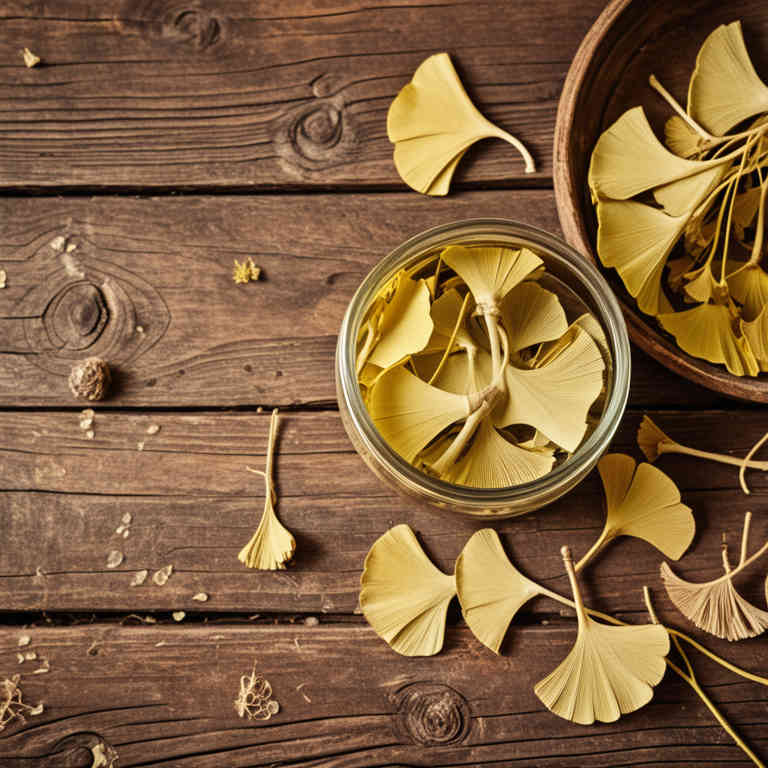
Herbal decoctions for eye bags are traditional remedies that use a combination of natural herbs to reduce puffiness and dark circles around the eyes.
Common ingredients include green tea, chamomile, calendula, and licorice root, each known for their anti-inflammatory and soothing properties. These decoctions are typically prepared by simmering the herbs in water and then allowing the liquid to cool before applying it as a compress to the eye area. The warmth of the decoction helps to enhance absorption and provide a calming effect on the delicate skin around the eyes.
Regular use of these herbal decoctions may help improve circulation and reduce the appearance of eye bags over time.
FREE Herb Drying Checklist
How to make sure every batch retains maximum flavor, color, and aroma without the risk of mold or over-drying. Eliminate guesswork and trial-and-error, making herb drying faster, easier, and more efficient every time.
Table of Contents
1. Matricaria chamomilla
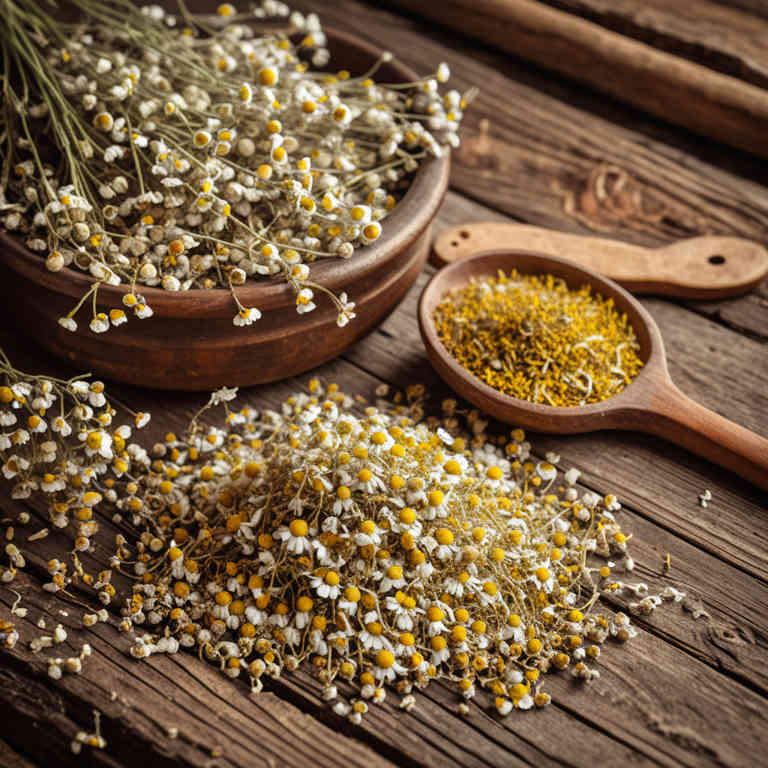
Matricaria chamomilla, commonly known as chamomile, is often used in herbal decoctions to address various health concerns, including the appearance of eye bags.
The calming properties of chamomile are believed to help reduce inflammation and soothe the delicate skin around the eyes, which can contribute to the reduction of puffiness and dark circles. To prepare a chamomile decoction for eye bags, dried chamomile flowers are steeped in hot water to create a soothing tea, which can then be cooled and applied as a compress. Some people use this decoction as a natural alternative to commercial eye creams, seeking its gentle, plant-based benefits.
However, it is important to consult a healthcare professional before using chamomile treatments, especially for those with sensitive skin or existing eye conditions.
2. Rosa canina

Rosa canina, commonly known as rosehip, has been traditionally used in herbal medicine for its high content of antioxidants, vitamins, and essential fatty acids.
Herbal decoctions made from Rosa canina fruits are believed to support skin health and may help reduce the appearance of eye bags by improving circulation and reducing inflammation. These decoctions are often prepared by simmering the dried rosehips in water for several hours to extract their beneficial compounds. The antioxidants in rosehip decoctions may help combat oxidative stress, which can contribute to the formation of dark circles and puffiness around the eyes.
While more research is needed, some users report that regular consumption of rosehip decoctions may lead to a more radiant and youthful-looking complexion, including around the eye area.
3. Silybum marianum

Silybum marianum, commonly known as milk thistle, is traditionally used in herbal medicine for its potential liver-protective properties.
While it is not directly used for treating eye bags, some herbal decoctions containing silybum marianum may be combined with other ingredients to support overall skin health and reduce under-eye puffiness. The active compound, silymarin, is believed to have antioxidant and anti-inflammatory effects that may contribute to improving skin texture and reducing dark circles. However, there is limited scientific evidence specifically supporting its effectiveness for eye bags, and it should not replace conventional treatments.
As with any herbal remedy, it is important to consult a healthcare professional before use, especially for those with pre-existing conditions or taking other medications.
4. Camellia sinensis
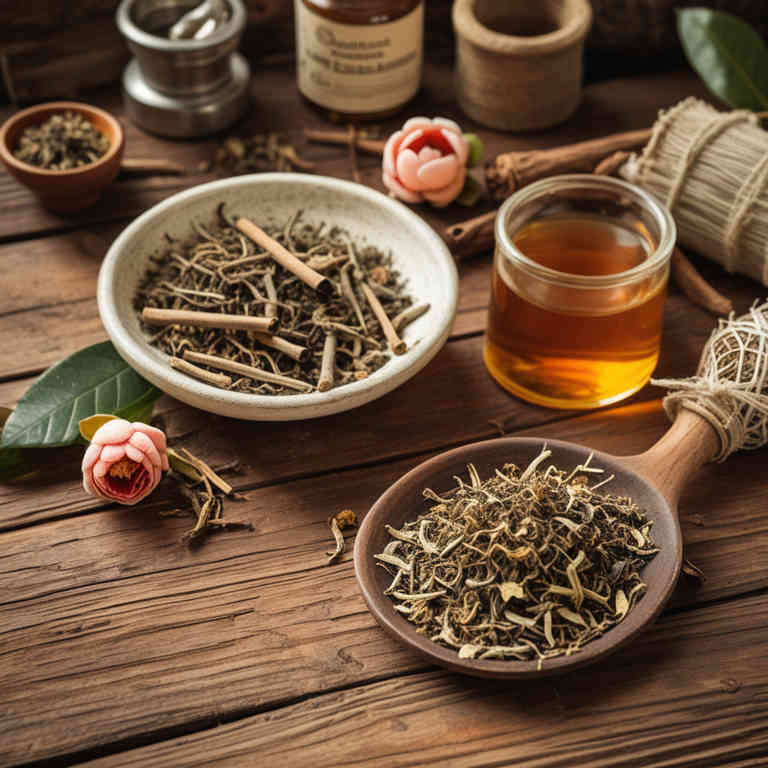
Camellia sinensis, commonly known as the plant from which green and black tea are derived, has been traditionally used in herbal medicine for its various health benefits.
Herbal decoctions made from Camellia sinensis are believed to possess anti-inflammatory and antioxidant properties that may help reduce the appearance of eye bags. These decoctions are often prepared by steeping the dried leaves in hot water, and some formulations may include additional herbs to enhance their effects. When used as a topical application or consumed internally, they may help improve circulation and reduce fluid retention around the eyes.
However, it is important to consult a healthcare professional before using Camellia sinensis decoctions, especially for prolonged periods or in combination with other treatments.
5. Urtica dioica
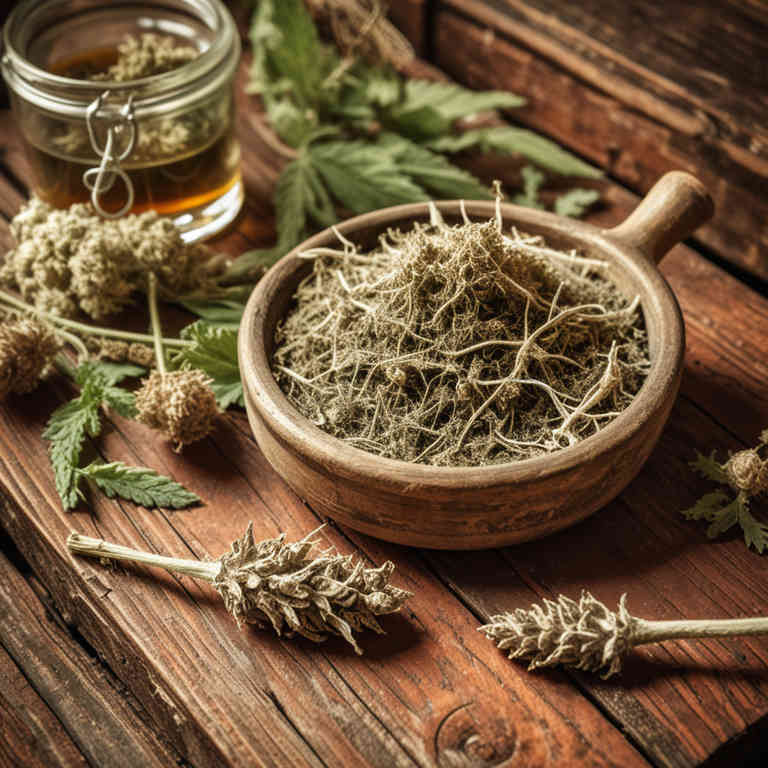
Urtica dioica, commonly known as stinging nettle, has been traditionally used in herbal medicine for its potential anti-inflammatory and circulatory benefits.
When prepared as a decoction, it may help reduce the appearance of eye bags by improving blood circulation around the delicate eye area. The high concentration of antioxidants and nutrients in stinging nettle decoctions can support skin health and reduce puffiness. However, it is important to consult with a qualified herbalist or healthcare provider before using it, as it may interact with certain medications or conditions.
While some anecdotal evidence suggests its effectiveness, scientific research on its specific impact on eye bags is limited.
6. Vitis vinifera
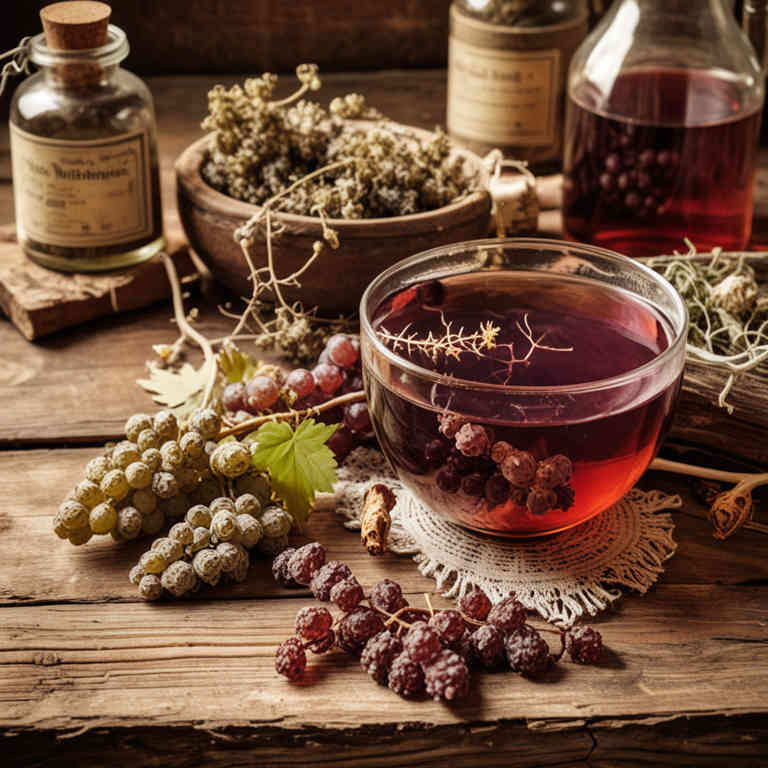
Vitis vinifera, commonly known as the common grapevine, has been traditionally used in herbal medicine for its potential health benefits, including its possible effects on the skin and eyes.
Herbal decoctions made from Vitis vinifera, particularly its seeds or leaves, are sometimes used in alternative medicine to address various ailments, including the appearance of eye bags. These decoctions are believed to have anti-inflammatory and antioxidant properties that may help reduce swelling and dark circles around the eyes. However, scientific evidence supporting their efficacy for eye bags is limited, and more research is needed to confirm these traditional claims.
As with any herbal remedy, it is important to consult a healthcare professional before using Vitis vinifera decoctions, especially if you have underlying health conditions or are taking other medications.
7. Chamomilla recutita

Chamomilla recutita, commonly known as German chamomile, has been traditionally used for its calming and anti-inflammatory properties, making it a popular choice in herbal remedies.
Herbal decoctions made from chamomilla recutita can be applied topically to the under-eye area to help reduce the appearance of eye bags by soothing inflammation and improving circulation. The active compounds in chamomile, such as bisabolol and chamazulene, possess antioxidant and anti-inflammatory effects that may support skin health. When prepared as a cool compress, chamomile decoctions can provide a refreshing sensation that helps alleviate puffiness and dark circles.
However, it is important to perform a patch test before applying it to the delicate eye area to avoid any potential allergic reactions.
8. Centella asiatica
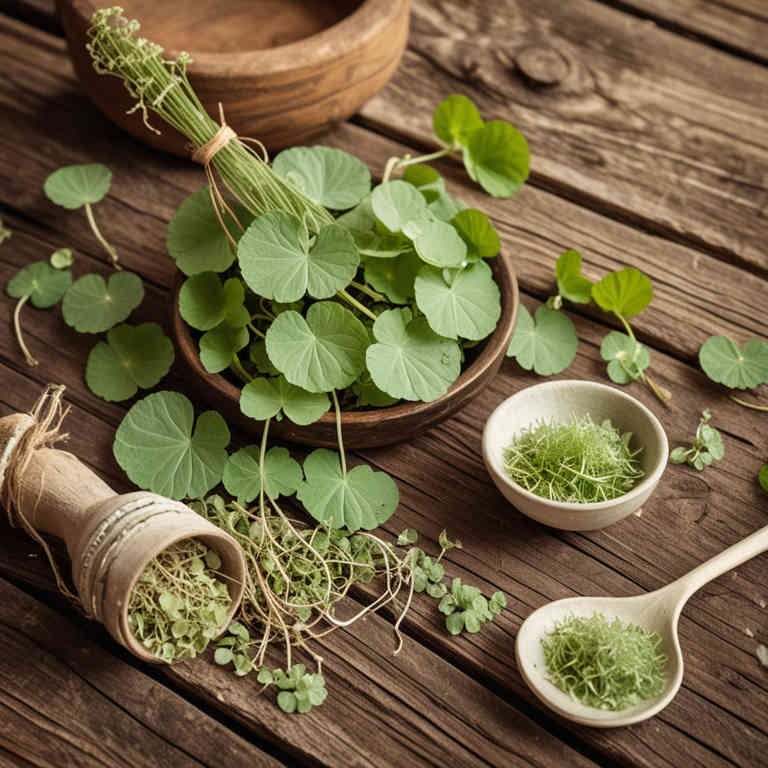
Centella asiatica, also known as gotu kola, is a traditional herbal plant that has been used for centuries in Ayurvedic and Chinese medicine for its skin-healing properties.
Herbal decoctions made from Centella asiatica are believed to promote collagen production and improve skin elasticity, which may help reduce the appearance of eye bags. These decoctions are often prepared by simmering the dried leaves in water to extract their active compounds, such as asiatic acid and madecassol. When applied topically as a cooled compress, the decoction may help soothe inflammation and enhance the skin’s repair process around the delicate eye area.
While some anecdotal evidence supports its effectiveness, more scientific research is needed to fully validate its role in treating eye bags.
9. Glycyrrhiza glabra
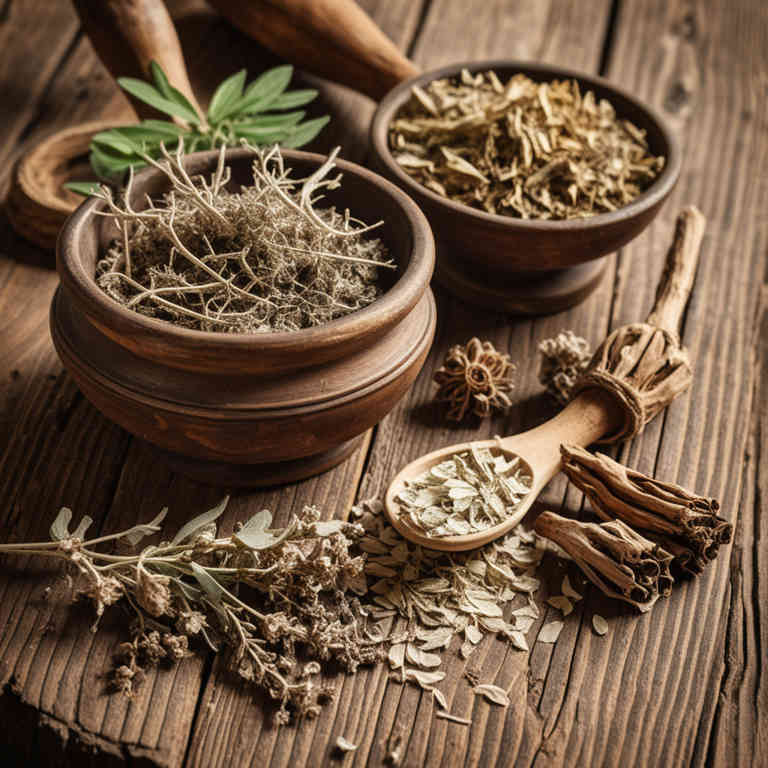
Glycyrrhiza glabra, commonly known as licorice root, has been traditionally used in herbal medicine for its anti-inflammatory and antioxidant properties.
When prepared as a decoction, it can be used topically to reduce the appearance of eye bags by soothing inflammation and improving skin texture. The decoction is typically made by simmering the root in water for several minutes, then allowing it to cool before applying it as a compress to the under-eye area. Its ability to enhance the skin’s elasticity may help diminish the look of puffiness and dark circles.
However, it is important to consult with a healthcare professional before use, especially for individuals with hypertension or allergies to licorice.
10. Cnicus benedictus

Cnicus benedictus, commonly known as blessed knapweed, has been traditionally used in herbal medicine for its purported benefits in reducing eye bags.
Herbal decoctions made from the dried leaves and flowers of this plant are believed to help drain excess fluids and reduce swelling around the eyes. The active compounds in Cnicus benedictus may have mild diuretic and anti-inflammatory properties that contribute to its effectiveness in alleviating under-eye puffiness. These decoctions are typically prepared by steeping the plant material in hot water for several minutes, and the resulting infusion is applied as a compress or consumed internally as a tonic.
While more scientific research is needed to fully validate its efficacy, many herbal practitioners recommend Cnicus benedictus as a natural remedy for temporary relief from eye bags.